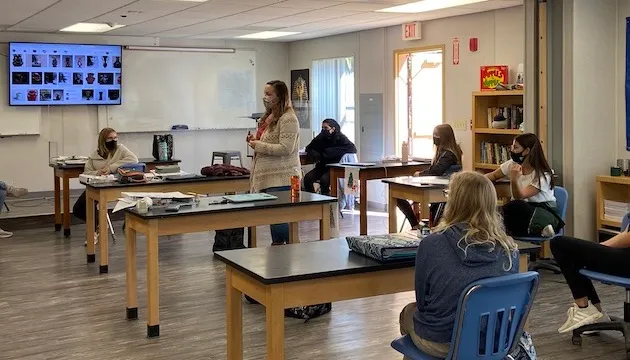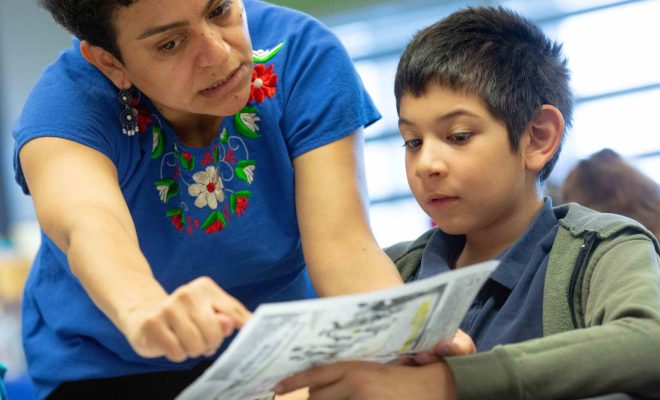10 Ways to Bring More Equity to Your Literacy Instruction

1. Culturally Responsive Teaching: Incorporate diverse literature and teaching materials that reflect the backgrounds and experiences of your students.
2. Differentiated Instruction: Adapt your teaching strategies and materials to meet the needs of individual learners, ensuring every student has access to learning opportunities.
3. Universal Design for Learning (UDL): Use UDL principles to create inclusive learning environments that accommodate students with diverse learning styles, abilities, and backgrounds.
4. Collaborative Learning: Foster collaboration among students by using cooperative learning strategies, group projects, and peer-to-peer feedback. Encourage students to share their perspectives and learn from one another.
5. Inclusive Assessment: Implement a variety of assessment methods that allow students to demonstrate their understanding using different modalities, such as written tasks, oral presentations, or multimedia projects.
6. Engaging and Relevant Content: Select reading materials that are interesting and relevant to students’ lives, ensuring they can see themselves represented in the text.
7. Extra Support for At-Risk Students: Provide additional support and resources to students who are struggling with literacy, such as one-on-one tutoring, small group interventions, or specialized instruction.
8. Cultivate a Growth Mindset: Encourage students to adopt a growth mindset, believing that their abilities can be developed through effort and practice. Promote a classroom culture that values effort and perseverance.
9. Emphasize Student Voice and Choice: Give students autonomy in their learning by allowing them to choose their reading materials, topics for writing assignments, and projects. Encourage students to express their thoughts and ideas.
10. Professional Development: Engage in ongoing professional development to stay updated on best practices in equity and literacy instruction. Attend workshops, conferences, or join professional communities to collaborate with other educators.
By implementing these strategies, educators can create a more equitable and inclusive literacy environment that supports the success of all students, regardless of their backgrounds or abilities.


